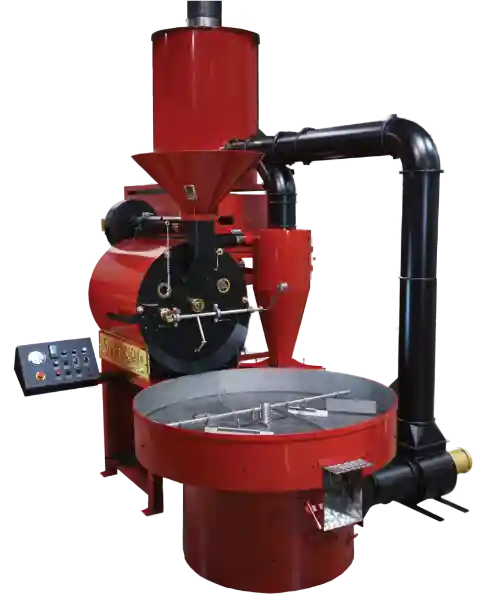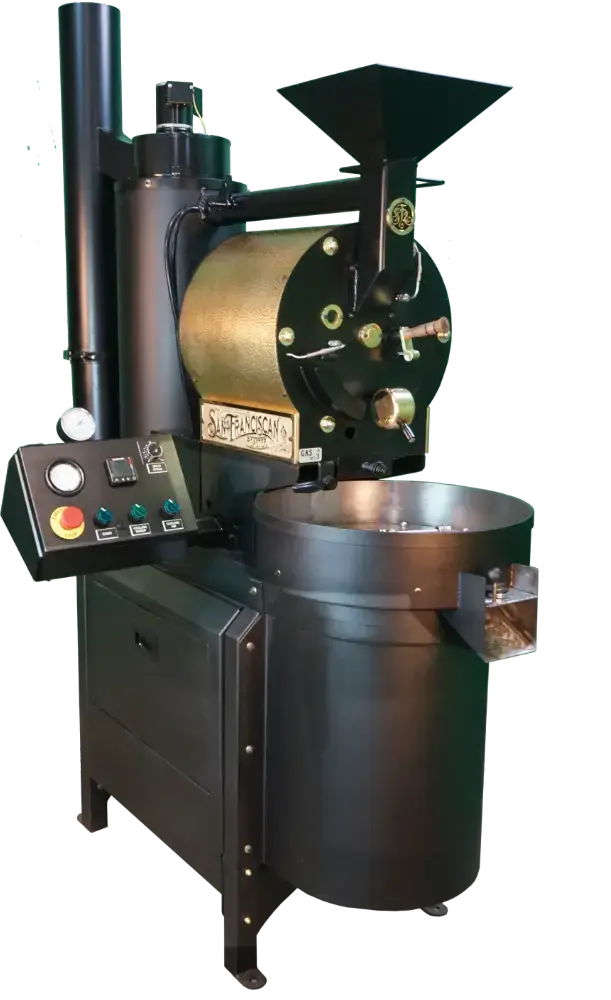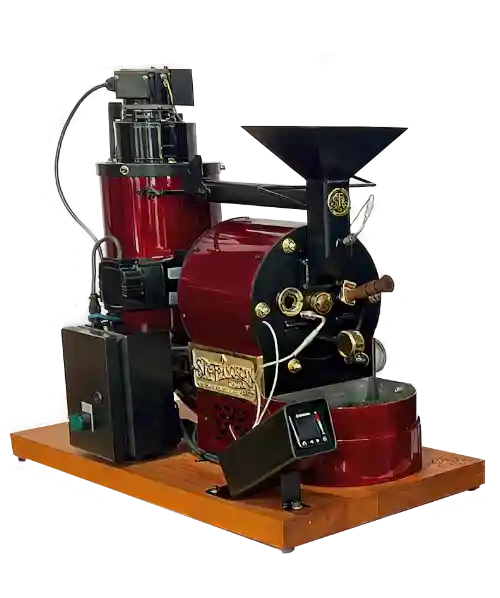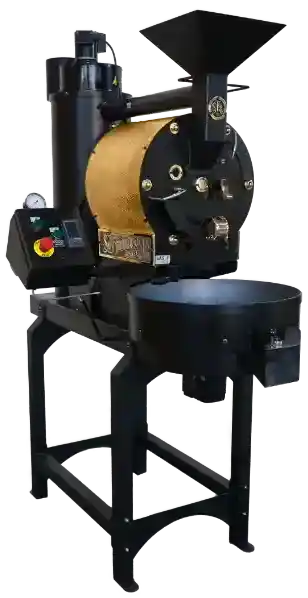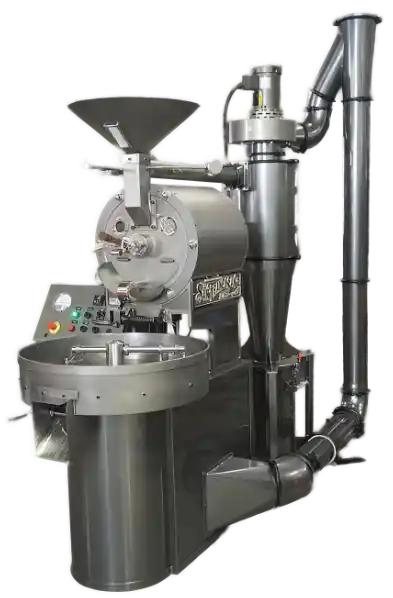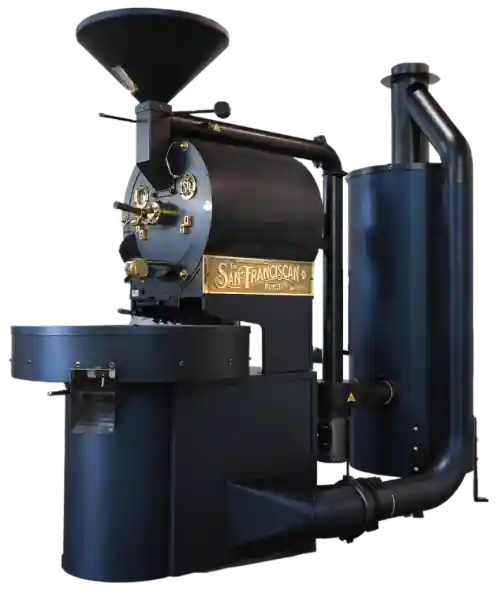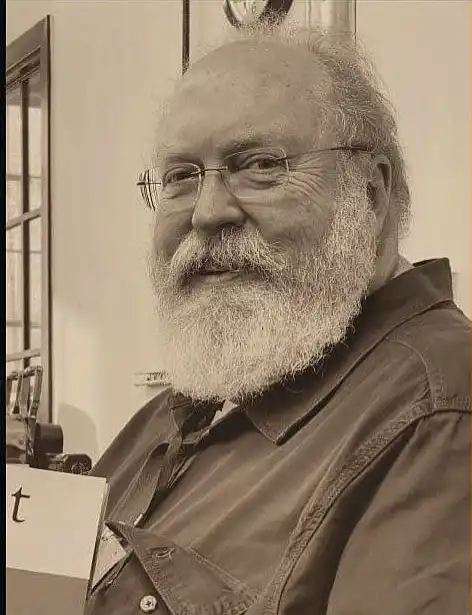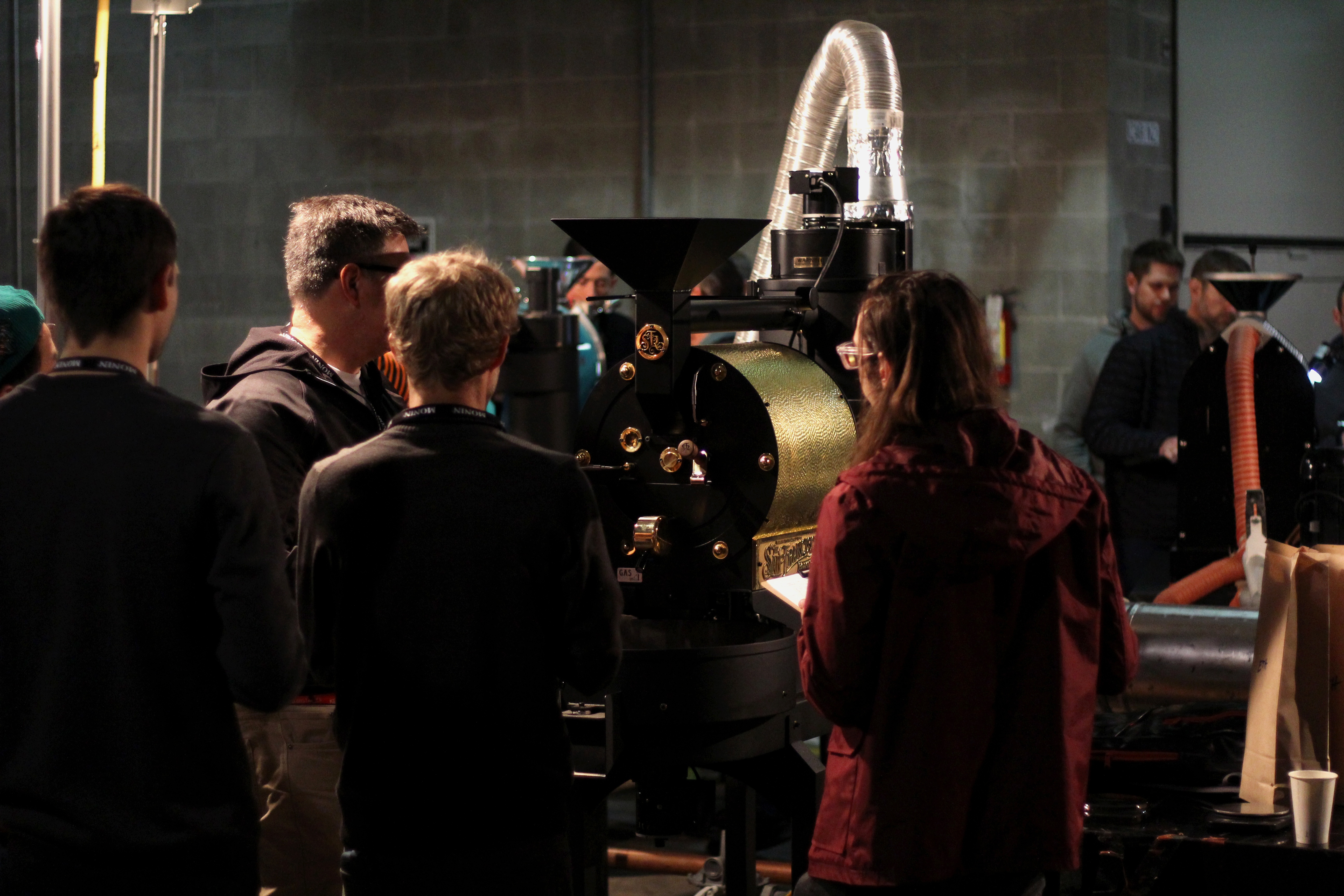The Rhythm of the Roaster Drum & What Sets the San Franciscan Apart
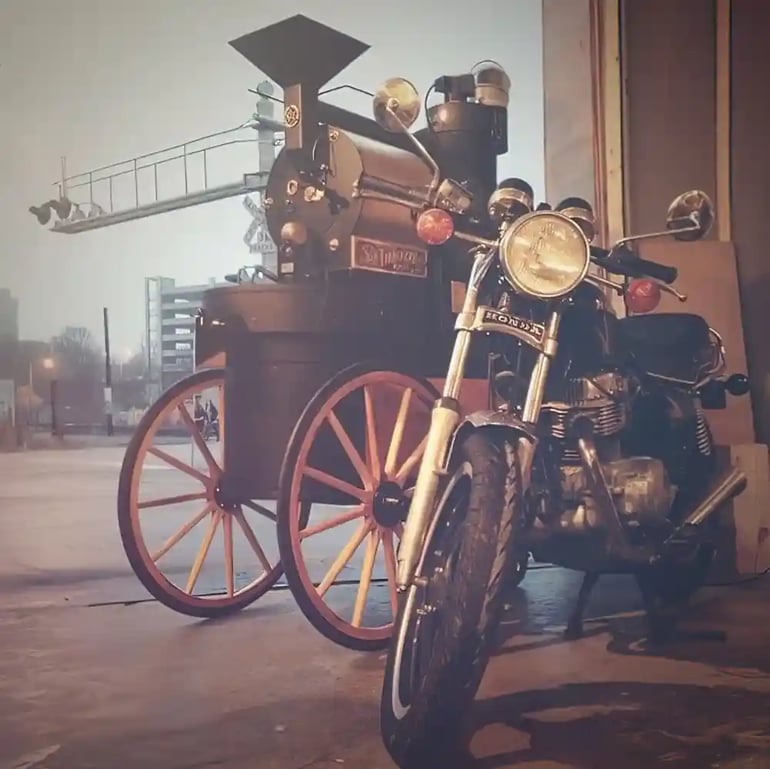
For artisan roastmasters around the world, the concept of the roast profile has profound meaning. Roastmasters are, after all, sculptors of flavor, who chisel away—via the roasting process— at precise characteristics that shape coffee into the delightful beverage that brings people joy, friendship, and that much needed inspiration on Monday mornings. Our coffee roaster machine is an integral part of the roastmaster craft. The San Franciscan provides roastmasters worldwide with stability and the utmost control and versatility to achieve a variance in flavor and aroma.
A Brief History of the Drum Roaster
From the deep dish pans over hot coals in the Ottoman Empire to the complex designs of 21st century coffee roasters, the coffee roaster machine has undergone a fascinating trajectory of innovation. In the 19th century more commercial machines emerged on the scene in America and Europe as a way to roast larger batches of coffee. Yet, even in the early days of commercial roasting, heating the beans in a cylinder was the commonly used method.
The early roasters however, consisted of large cylinders that lacked a cooling method and control of smoke and heat inside the drum. In the mid 19th century improvements to this were added by implementing an opening in the drum that released the heated beans into a tray and later a fan that sucked air in to speed up the cooling process.
Not much later, manufacturers began experimenting with ventilation in the cylinder as a way to get rid of smoke and gases while having more control over the heating process. Most modern machines offer variations on this basic concept.
The Heart of the Machine
Our machines have the much sought after drum design that allows for maximum control during the heating process. In some sense this is the heart of the machine, as it is where the complex discovery of flavor happens.
The essential aspect of roasting green coffee beans hinges largely upon heat transfer. There are a few methods of roasting green coffee beans: through convective and conductive heat transfer and through radiant heat transfer. Radiant heat transfer is not really controllable the way conductive/convective can be— given the right tools and mechanism—although some degree of radiant heat is present in most roasters.
San Franciscan design allows for airflow control that creates the greatest diversity of heat applications using conductive/convective heat ratios for optimum flavor development that can vary from origin to origin and crop to crop. In other words, the architecture of the San Franciscan is constructed to maximize the manipulation of conductive/convective heat transfer to find the precise and unique characteristics of a particular batch of green coffee beans. The San Franciscan Roaster drums are single walled and have calculated wall thickness, which directly affects the way the beans undergo this necessary chemical change that transforms them into the flavorful beans we consume. Drum roasting is slower and allows for a broader time and temperature range, which gives the roastmaster the ability to experiment and seek out different roast profiles.
The Subtle Rhythm of Heat
Inside the San Franciscan drum there is greater control over conductive and convective heating. The ability to control the airflow and the speed inside the drum allows for a balance of these two elements. Our machines have a manual gas valve that handles the heat of the drum and a lever that allows for the control of airflow. Through these two controls a roastmaster can manipulate the air inside the drum, thus using convection to shape the roast. Convection heating affects the moisture inside the coffee bean and so the control of this aspect will have a tremendous effect on the final flavor. Conduction heat happens from direct contact with the heat source and through the temperature controls the roastmaster can have full oversight of this process and ensure the beans are not scorched or burned.
Good Coffee is In the Details
Aside from it’s unique drum design, our roasters are equipped with other features that enhance the roasting process. Our machines have a trier handle that feeds into the drum— allowing sampling at different times during the roast. As roastmasters listen for the magical crack of the beans, they can ensure that their roast is converting as they want. The cracks of course, signify that the moisture inside the bean is being expelled and the exothermic process—which determines a light or dark roast—has occurred. As this happens the beans will release chaff. This is caught below on the chaff tray, which is easily removable and cleaned. Our bigger machines like the SF 25 and SF 75 also come with a built in afterburner which capture unwanted smoke and odor.
Made by Hand with American Spirit
Our machines are fabricated and assembled from raw steel in our plant located in Carson City, Nevada. Our team of engineers take meticulous care with each San Franciscan machine. The parts that form the unique retro styling of the San Franciscan are all made in the United States. Each one of our coffee roasting machines is a testament to our deeply held values of creativity, individuality, and craft. At the same time, we are part of a bigger movement that works everyday to improve the lives of coffee drinkers worldwide. The unmistakable style and unmatched engineering of the San Franciscan is part of this tradition and history of coffee. Our machines are at the forefront of the specialty coffee industry and we couldn’t be prouder of what we do and how we do it.

